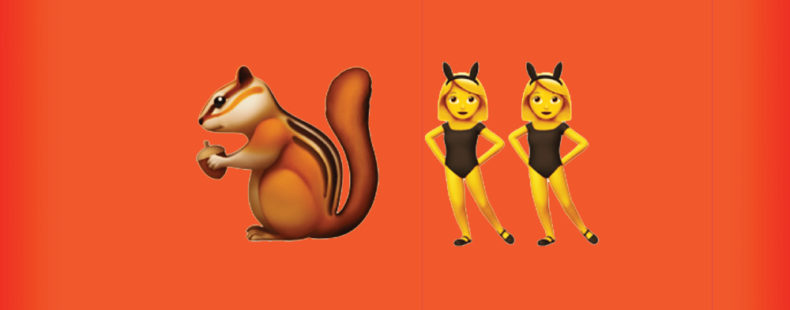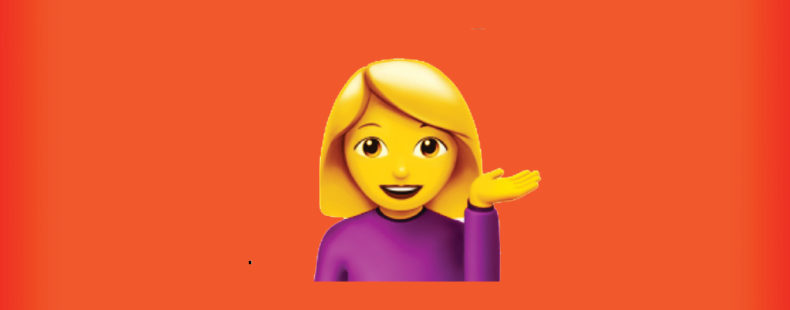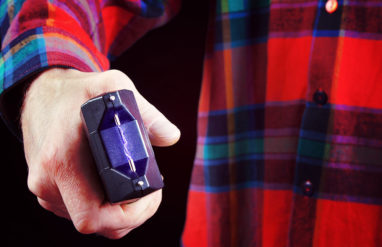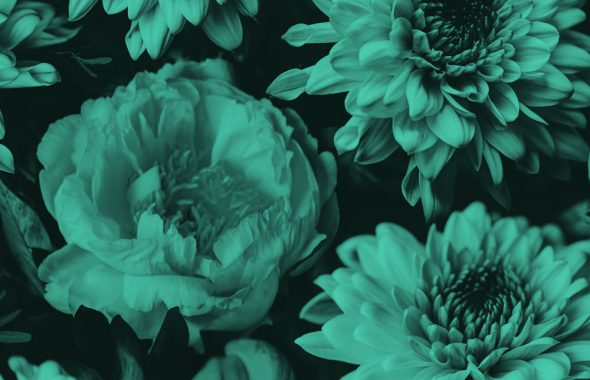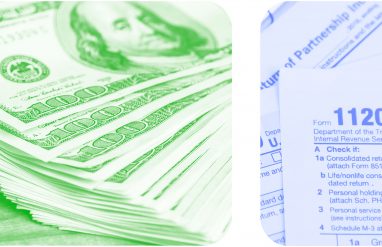Emoji are itty-bitty images wonderful for cross-cultural communication. But, as #TheDress debate in 2015 taught us, we don’t always see the same picture in the same way. This is true of emoji, too, which can be more open to interpretation than we realize.
We’ve rounded up some emoji that often suffer from cases of mistaken identity. To be clear, there aren’t official rules for how you can use emoji. That’s part of their fun and our creativity with them. But, emoji do have official names and are typically designed with a certain image, idea, or emotion in mind.
Sometimes it’s worth it to know that the squirrel emoji, 🐿️, you love so much isn’t technically a squirrel …
